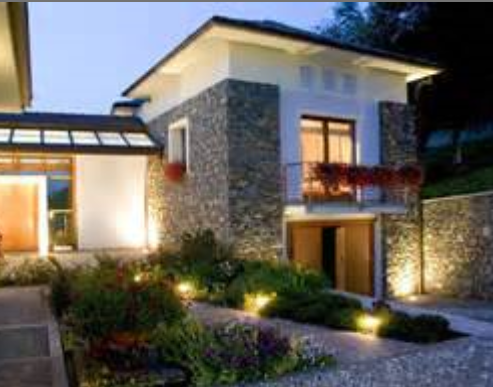
Energy-Related Home Improvements
USINF0 | 2013-11-01 13:16

Go Green and Earn Green
The American Recovery and Reinvestment Act of 2009 tripled the financial incentives for making repairs that can significantly reduce your utility bills and contribute to a “green” environment, while helping you save money on taxes.
The incentives take the form of tax credits, which reduce the amount of tax you owe dollar-for-dollar. Moreover, you can claim the credits whether or not you itemize deductions on your federal income tax return. They are available to owners of existing homes through 2010.
Here are 10 eligible home improvements you can make to reduce the transmission of heat and cold, thereby using less energy in your home:
1.Insulation
2.Energy Star exterior doors and windows, including skylights
3.New metal or asphalt roof with appropriate pigmented coatings or cooling granules
4.Electric heat pumps
5.Electric heat pump water heaters
6.Approved central air-conditioning
7.Approved natural gas, propane or oil water heaters
8.Approved natural gas, propane or oil furnace or hot water boilers
9.Advanced main air circulating fans
10.Biomass stoves using “plant-derived” fuel such as agricultural crops, wood pellets, grasses, etc
Meeting Standards
The legislation also tightened performance and quality standards for energy-efficient technology.
Although the federal government Web site refers taxpayers to Energy Star information (seewww.EnergyStar.gov), not all equipment with the Energy Star label qualifies for these credits. Look for the manufacturer’s Tax Certification Statement, either on the manufacturer’s website or on the product packaging, and keep it with your tax records.
Available Tax Credits
For improvements made by December 31, 2010, the credit is 30% of the purchase price and the overall cap on the available credit is $1,500 over both 2009 and 2010.
Spend as little as $5,000 before the end of 2010 on qualifying energy-saving home improvements and you can cut $1,500 from your 2010 federal income tax bill.
To qualify, you must own the home and use it as your principal residence. If you previously claimed the $500 credit available before 2009, you may now make additional energy-focused home improvements and qualify for the entire $1,500 credit.
Depending on where you live, you may also qualify for state and local tax incentives, ranging from tax credits and installation rebates to property tax reductions. Several states provide credits for energy-efficient renovations. Many local utilities offer cash rebates for purchasing energy-efficient equipment. These incentives are in addition to any federal tax incentives you receive.
Residential Alternative Energy Credit
As a separate category, there are tax credits for devices designed to generate energy from alternative sources. These credits may be applied to all homes, including both existing homes and new construction and to principal residences and vacation homes. In calculating your costs for these items, consider both the purchase price and the labor costs associated with installation.
For the 2010 tax year, a nonrefundable tax credit equal to 30% of the full cost may be taken for:
•Solar hot water heaters
•Geothermal heat pumps
There is also a 30% credit for each:
•Half kilowatt of electric capacity generated by a wind turbine—to a maximum of $4,000 per year (previously capped at $500 per half kilowatt)
And there is a 30% credit, to a maximum of $500 per year, for each:
•Half kilowatt of electric capacity from fuel cell plants
Share this page



















